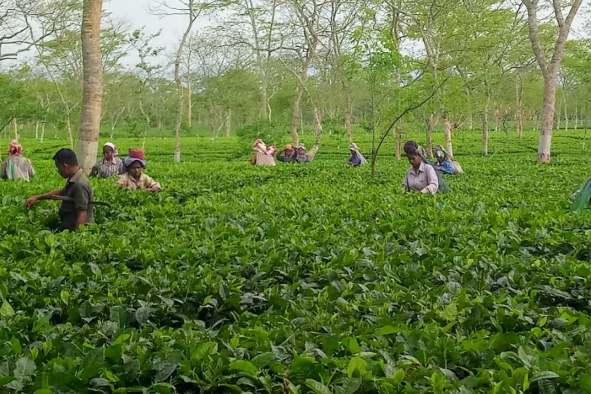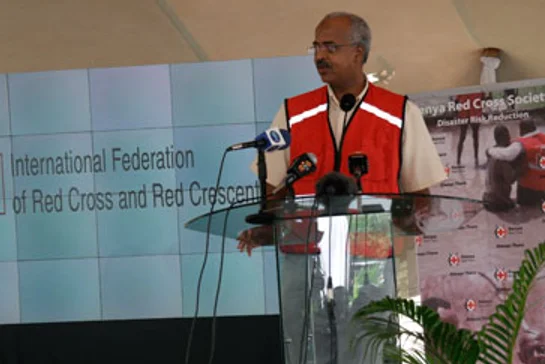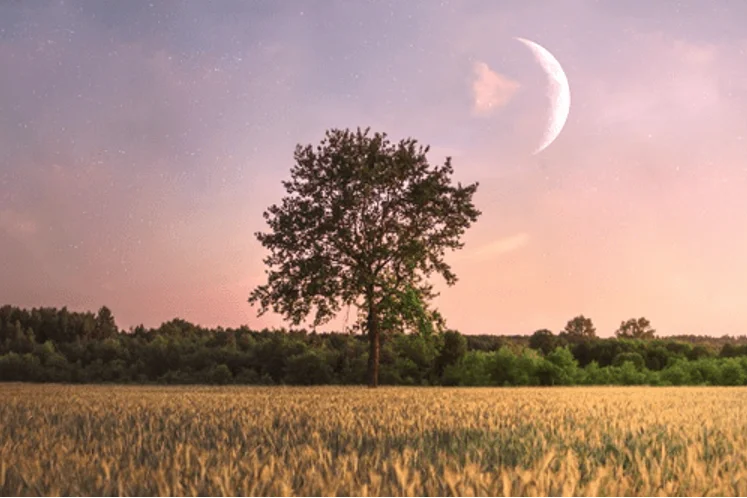Eco-friendly Kenya: leading the way in sustainable travel
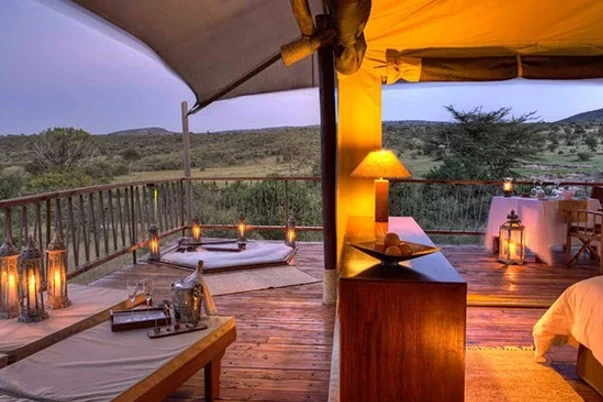
Kenya is leading the way in sustainable tourism, balancing the needs of communities, travelers, and conservation to ensure the wild stays wild for as long as possible. Here are five ways Kenya is making a difference, from banning plastic bags and other single-use plastics to establishing eco-lodges and hotels that emphasize community support.
Creating Conservancies
Few places in the world offer the experience of seeing lions roam free, giraffes nibble the tops of acacia trees, and wildebeest migrating in a dusty stampede across vast plains. Kenya has made significant efforts to preserve its wildlife, the country’s star attraction.
Kenya boasts 55 national parks, such as Amboseli National Park, reserves like the Maasai Mara, and sanctuaries such as Crater Lake Game Sanctuary. These national parks and reserves are designated for the protection and conservation of wildlife, allowing animals to roam freely and providing visitors with an opportunity to experience wildlife in its natural habitat. Managed by the government or local authorities, these areas are open to the public.
Kenya has taken the lead in creating conservancies, which foster co-existence between wildlife and local communities living near safari hotspots. Much of the land surrounding Kenya’s national parks is owned by local communities. Lodges lease this conservancy land, providing guests with a quieter experience and allowing for additional activities like walking safaris and night game drives. Wildlife roams freely between parks and conservancies, and visitors have the chance to engage with local community projects. Staying at a camp within a conservancy offers a more peaceful safari experience with less traffic while supporting local communities and funding anti-poaching initiatives.
Some notable conservancies include:
- Mara Bushtops in the Bushtops Conservancy: This luxurious camp features 12 tents that resemble five-star hotel rooms under canvas. Guests enjoy round-the-clock butler service and can spot zebra and giraffe from private hot tubs on their decks. The camp also boasts an award-winning spa.
- Karen Blixen Camp in the Mara North Conservancy: This camp collaborates with local Maasai landowners to protect a 900-hectare wilderness area. Being a conservancy, it allows for night drives and guided game walks, which are not permitted in the Maasai Mara National Reserve. Guests can relax in classic tented accommodations while listening to nocturnal wildlife.
- Porini Wilderness Safari: This safari offers an immersive experience in Kenya’s natural beauty.
Working with Communities
Sustainable tourism requires community support. Kenya’s conservancies benefit local communities, and Kuoni collaborates with programs that provide employment and support. For instance, Kuoni has partnered with Born Free to construct lion-proof bomas to protect livestock at night, reducing conflicts between farmers and predators. Visitors can see these boma projects during the Leopard Safari. Kuoni has also helped rebuild Manyatta Primary School, constructing two classrooms and a library.
During the Leopard Safari, visitors can also visit Kazuri Beads, a bead-making shop that provides employment for disadvantaged members of Kenyan society, particularly single mothers. The shop’s aim is to offer sustainable employment through traditional bead-making skills.
Among the many camps in the Maasai Mara, Governors’ Camp stands out. Regularly used by the BBC for wildlife documentaries, Governors was the first company to set up a tented camp in the Maasai Mara. The camps are unfenced, allowing warthogs and elephants to roam freely. Governors’ Camp has a 40-year commitment to wildlife conservation and local community support, funding medical clinics and schools, building classrooms, providing uniforms, paying teachers’ salaries, and investing in children’s education.
Kenya’s efforts in sustainable tourism not only protect its natural heritage but also ensure that local communities thrive, creating a model for other countries to follow.
 Albania
Albania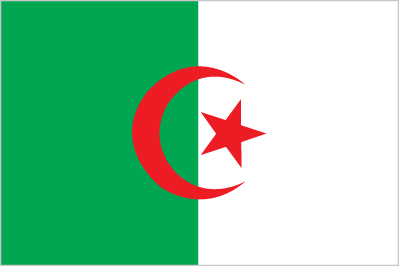 Algeria
Algeria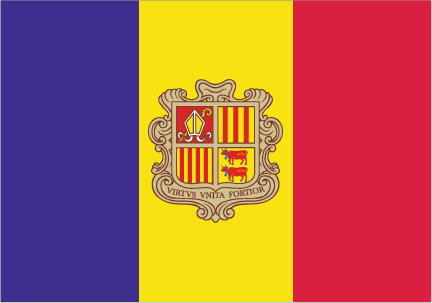 Andorra
Andorra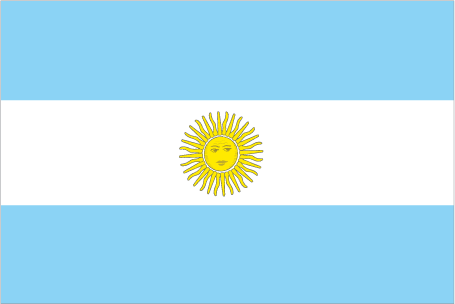 Argentina
Argentina Armenia
Armenia Australia
Australia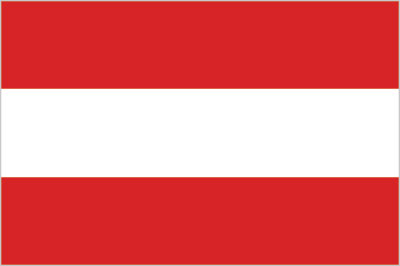 Austria
Austria Azerbaijan
Azerbaijan Bahrain
Bahrain Belgium
Belgium Bolivia
Bolivia Brazil
Brazil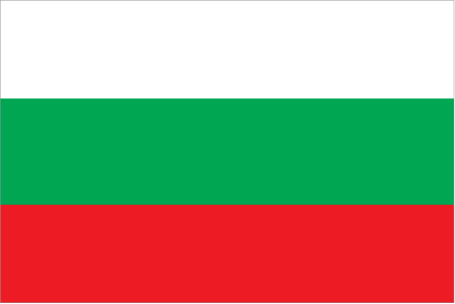 Bulgaria
Bulgaria Cambodia
Cambodia Cameroon
Cameroon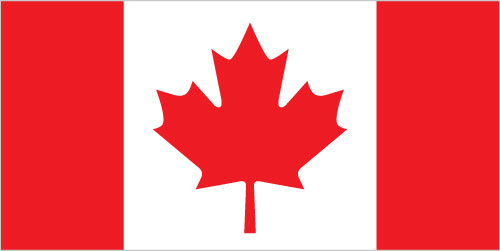 Canada
Canada Chad
Chad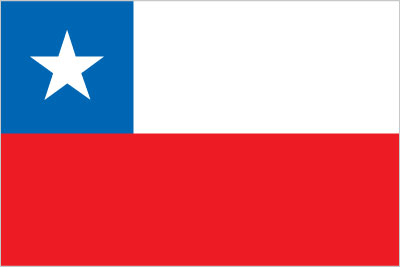 Chile
Chile China
China Colombia
Colombia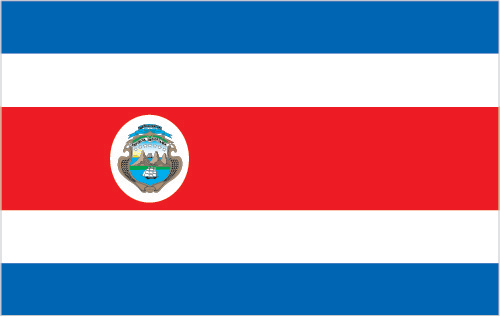 Costa Rica
Costa Rica Croatia
Croatia Cyprus
Cyprus Czechia
Czechia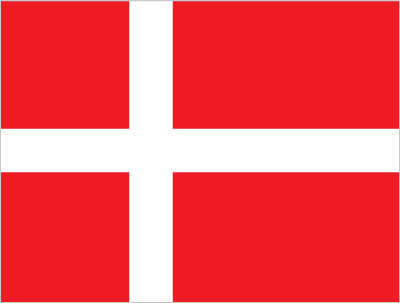 Denmark
Denmark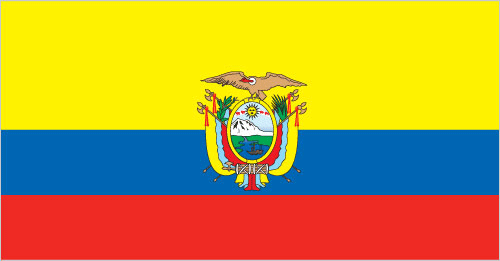 Ecuador
Ecuador Egypt
Egypt Finland
Finland France
France Georgia
Georgia Germany
Germany Ghana
Ghana Greece
Greece Hungary
Hungary Iceland
Iceland India
India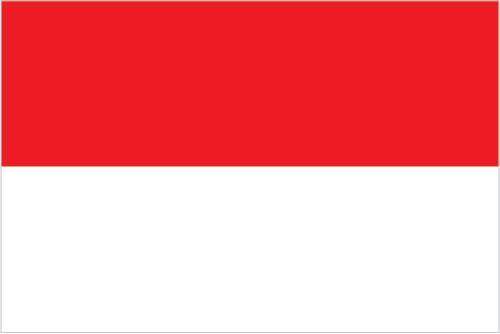 Indonesia
Indonesia Ireland
Ireland Italy
Italy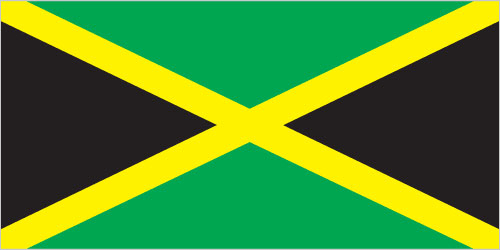 Jamaica
Jamaica Japan
Japan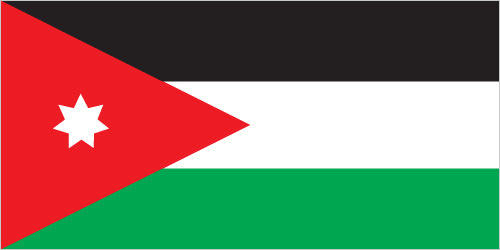 Jordan
Jordan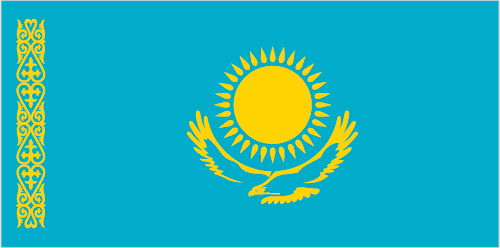 Kazakhstan
Kazakhstan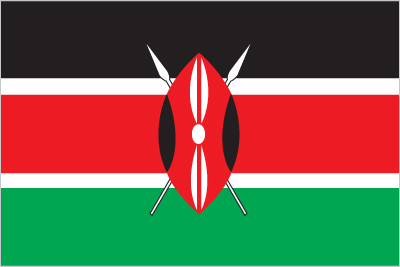 Kenya
Kenya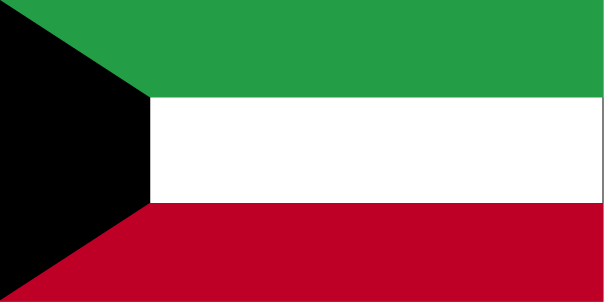 Kuwait
Kuwait Latvia
Latvia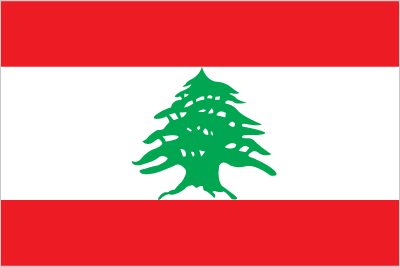 Lebanon
Lebanon Libya
Libya Lithuania
Lithuania Luxembourg
Luxembourg Malaysia
Malaysia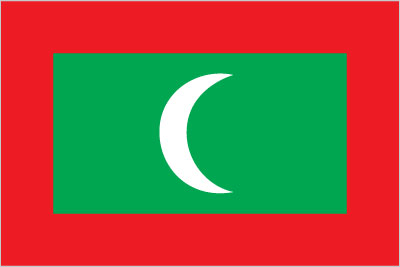 Maldives
Maldives Mali
Mali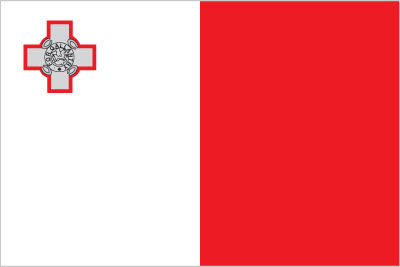 Malta
Malta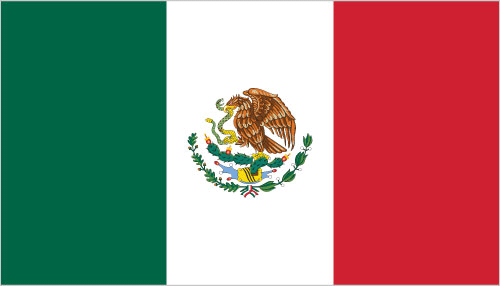 Mexico
Mexico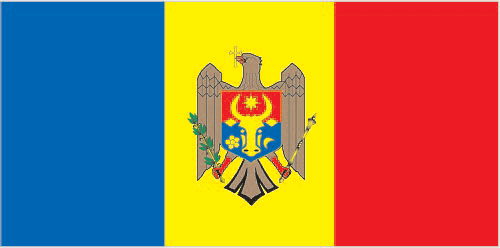 Moldova
Moldova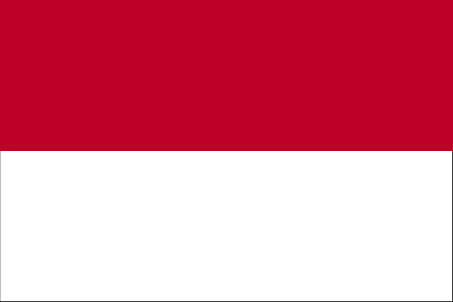 Monaco
Monaco Morocco
Morocco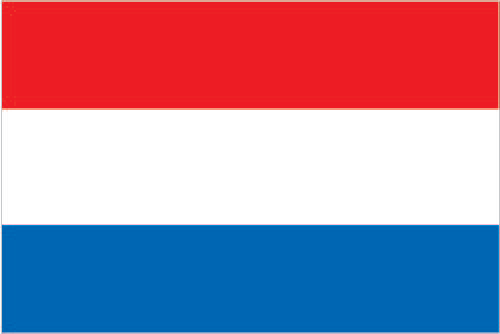 Netherlands
Netherlands New Zealand
New Zealand Nigeria
Nigeria North Macedonia
North Macedonia Norway
Norway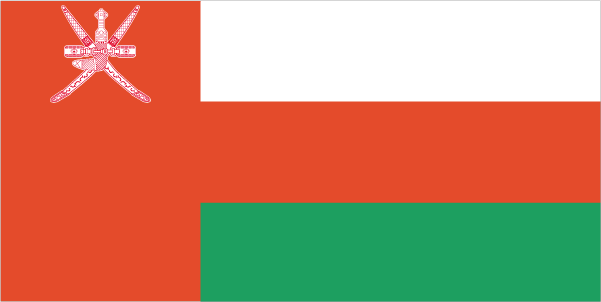 Oman
Oman